I. Introduction
“`html
Are you looking to boost your muscle mass and achieve those gains you’ve always wanted? The key lies in incorporating high-protein foods into your diet. Protein is essential for muscle growth and repair, making it a crucial component of any fitness regimen. In this article, we’ll delve into the best high-protein foods that can help you achieve your muscle gain goals.
When it comes to building muscle, it’s not just about hitting the gym; it’s also about what you put on your plate. A diet rich in protein can significantly enhance your muscle-building efforts. Here are some of the top high-protein foods that should be part of your muscle gain diet:
- Chicken Breast: Packed with approximately 31 grams of protein per 3-ounce serving, chicken breast is an excellent choice for those looking to increase their protein intake.
- Salmon: This fish is not only high in protein but also rich in omega-3 fatty acids, which are beneficial for overall health and muscle recovery.
- Eggs: Eggs are a versatile source of protein, containing about 6 grams per large egg. They’re perfect for breakfast, lunch, or even as a post-workout snack.
- Lean Beef: Opting for lean cuts like sirloin or tenderloin ensures you get plenty of protein without excessive fat.
- Lentils: These legumes are not only high in protein but also rich in fiber and other essential nutrients like iron and potassium.
- Greek Yogurt: With approximately 20 grams of protein per cup, Greek yogurt makes an excellent addition to your diet when paired with fruits or nuts.
- Quinoa: Often referred to as a complete protein because it contains all nine essential amino acids, quinoa is an excellent plant-based option.
- Turkey Breast: Similar to chicken breast, turkey breast offers approximately 24 grams of protein per 3-ounce serving.
In addition to these foods, there are several other ways you can boost your protein intake:
- Protein Shakes: Convenient and easy-to-consume shakes can be made from whey protein powder or plant-based alternatives like pea or rice protein.
- Protein Bars: While not always ideal due to added sugars and fats, some protein bars can provide a quick dose of protein when needed.
- Legumes: Beans such as black beans, chickpeas, and kidney beans are all high in protein and fiber.
- Nuts & Seeds: Almonds (6 grams per ounce), chia seeds (5 grams per ounce), hemp seeds (10 grams per ounce), etc., offer varying amounts of protein.
Remember that while these foods are high in protein, they should be consumed as part of a balanced diet that includes complex carbohydrates and healthy fats for optimal muscle growth.
By incorporating these high-protein foods into your daily meals and snacks, you’ll be well on your way to achieving those muscle gains you’ve been striving for. Don’t forget to stay hydrated by drinking plenty of water throughout the day!
For more tips on how to optimize your workout routine or learn about other essential nutrients for muscle growth, be sure to check out our related articles
II. Lean Meats
When it comes to high-protein foods for muscle gain, lean meats are at the top of the list. These foods not only provide essential amino acids but also offer various health benefits due to their low fat content. Here’s a detailed look at some of the best lean meats for muscle gain:
A. Chicken Breast
Chicken breast is one of the most popular lean meats and for good reason. It is packed with protein and low in fat, making it an ideal choice for those looking to build muscle. A 3-ounce serving of chicken breast contains approximately 26 grams of protein, which is essential for muscle repair and growth.
Here are some key points about chicken breast:
- Protein Content: 26 grams per 3-ounce serving
- Low Fat: Less than 4 grams per 3-ounce serving
- Calories: Approximately 110 calories per 3-ounce serving
B. Turkey Breast
Turkey breast is another excellent option for those seeking high-protein foods for muscle gain. It has a similar nutritional profile to chicken breast but with slightly less protein per serving. A 3-ounce serving of turkey breast contains about 24 grams of protein.
Here are some key points about turkey breast:
- Protein Content: 24 grams per 3-ounce serving
- Low Fat: Less than 3 grams per 3-ounce serving
- Calories: Approximately 100 calories per 3-ounce serving
C. Lean Beef
Lean beef, particularly cuts like sirloin or round, can be an excellent addition to your diet if you’re looking for high-protein foods for muscle gain. While it does contain slightly more fat compared to chicken or turkey breast, it still offers a significant amount of protein per serving.
A 3-ounce serving of lean beef typically contains around 22 grams of protein and about 6 grams of fat.
Here are some key points about lean beef:
- Protein Content: 22 grams per 3-ounce serving
- Fat Content: Approximately 6 grams per 3-ounce serving
- Calories: Around 150 calories per 3-ounce serving
For more detailed information on lean meats and their nutritional benefits, you can visit Healthline’s guide to high-protein foods.
| Food | Protein (g) | Fat (g) | Calories |
|---|---|---|---|
| Chicken Breast | 26 | 3.6 | 110 |
| Turkey Breast | 24 | 3.6 | 100 |
| Lean Beef | 22 | 6 | 150 |
In conclusion, incorporating lean meats like chicken breast, turkey breast, and lean beef into your diet is crucial for achieving your muscle gain goals. These foods provide essential amino acids necessary for muscle repair and growth while being relatively low in fat.
Remember to always choose cuts that are labeled as “lean” or “extra lean” to ensure you’re getting the most nutritional benefits from these high-protein foods.
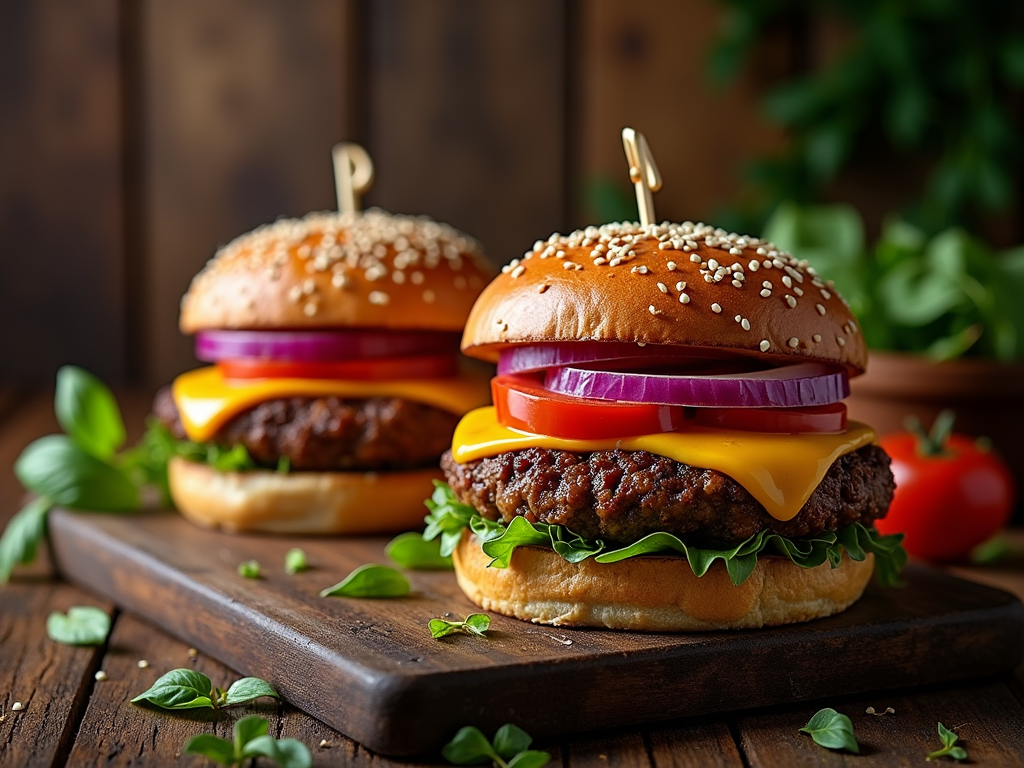
**Name:** Ethan Thompson
III. Fish and Seafood
Fish and seafood are some of the high-protein foods for muscle gain, making them an excellent addition to any diet focused on building muscle. Here’s a detailed look at three popular options:
A. Salmon
Salmon is renowned for its rich nutritional profile, particularly its high protein content and omega-3 fatty acids. A 3-ounce serving of cooked salmon contains approximately 20 grams of protein, making it an ideal choice for those looking to boost their protein intake.
Here are some key benefits of including salmon in your diet:
- High Protein Content: Salmon is an excellent source of protein, essential for muscle growth and repair.
- Omega-3 Fatty Acids: These healthy fats support heart health and reduce inflammation, which can aid in recovery after intense workouts.
- Rich in Vitamins and Minerals: Salmon is rich in vitamins B12 and D, as well as minerals like selenium and potassium.
B. Tuna
Tuna is another popular fish that offers significant protein benefits. A 3-ounce serving of cooked tuna contains about 20 grams of protein, making it a great option for those aiming to increase their protein consumption.
Here are some key points about tuna:
- High Protein Content: Like salmon, tuna is an excellent source of protein, crucial for muscle development.
- Low in Fat: Tuna is relatively low in fat compared to other fish options, making it a lean protein choice.
- Variety of Types: There are several types of tuna including bluefin, yellowfin, and albacore; each has its own nutritional profile.
C. Shrimp
Shrimp may be lower in protein compared to salmon or tuna but still offers a substantial amount per serving—about 16 grams per 3 ounces cooked—making it a good addition to any meal plan focused on muscle gain.
Here are some key benefits of including shrimp in your diet:
- Low in Calories: Shrimp is relatively low in calories compared to other seafood options while still providing a good amount of protein.
- Rich in Selenium: Selenium is an essential mineral that acts as an antioxidant in the body, helping protect cells from damage caused by free radicals.
- Good Source of Vitamins: Shrimp contains various vitamins like vitamin B12 and vitamin E which support overall health.
When incorporating these high-protein foods into your diet for muscle gain, remember that variety is key. A balanced diet that includes a mix of different protein sources will help ensure you’re getting all the necessary nutrients for optimal muscle growth and recovery.
For more information on how to incorporate these foods into a muscle-building diet, check out this article from Healthline which provides detailed guidance on high-protein foods for muscle gain.
| Food | Protein Content per 3 oz Serving |
|---|---|
| Salmon | 20g |
| Tuna | 20g |
| Shrimp | 16g |
By incorporating these high-protein foods into your diet and maintaining a balanced meal plan, you’ll be well on your way to achieving your muscle-building goals.
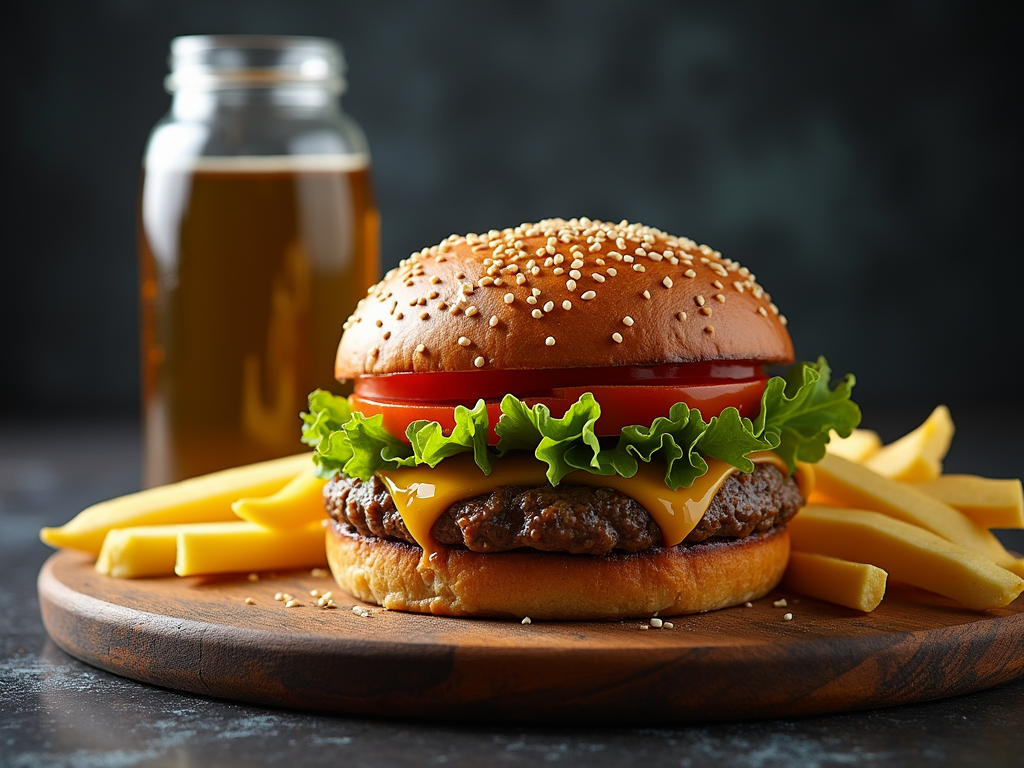
**”A bodybuilder’s best friend is chicken breast,”** – **Max Power, Professional Bodybuilder**
IV. Eggs and Dairy
A. Eggs
Eggs are one of the most versatile and high-protein foods available, making them an excellent choice for those looking to gain muscle. A large egg contains about 6 grams of protein, which is essential for muscle repair and growth. The protein in eggs is also highly bioavailable, meaning your body can easily absorb it to use for muscle building.
One key benefit of eggs is their complete amino acid profile, which includes all nine essential amino acids that your body cannot produce on its own. This makes them a perfect food for post-workout recovery or as part of a balanced diet aimed at muscle gain.
Here are some ways you can incorporate eggs into your diet:
- Scrambled eggs with vegetables for breakfast
- Egg omelets with cheese and spinach
- Hard-boiled eggs as a quick snack
B. Greek Yogurt
Greek yogurt is another high-protein food that is rich in nutrients like calcium and probiotics. A single cup of Greek yogurt typically contains around 20 grams of protein, making it an excellent addition to any meal or snack.
The protein in Greek yogurt is also highly effective at promoting muscle growth due to its high concentration of branched-chain amino acids (BCAAs). BCAAs are particularly important because they can be used directly by muscles during intense exercise.
Here are some ways you can use Greek yogurt in your diet:
- As a base for smoothies with fruit and nuts
- As a topping for oatmeal or fruit salad
- As a dip for vegetables or crackers
C. Cottage Cheese
Cottage cheese is another high-protein dairy product that is often overlooked but highly beneficial for muscle gain. A single cup of cottage cheese contains about 28 grams of protein, making it one of the highest protein foods per serving size.
The protein in cottage cheese is also very easily absorbed by the body, which makes it ideal for post-workout recovery or as part of a meal aimed at promoting muscle growth.
Here are some ways you can incorporate cottage cheese into your diet:
- Mixing it with fruit or honey for a healthy dessert
- Using it as a base for salads or as a topping for vegetables
- Adding it to smoothies for extra protein
When choosing high-protein foods like eggs, Greek yogurt, and cottage cheese, it’s important to consider their overall nutritional value beyond just protein content. Here’s a comparison table to help you understand their nutritional profiles:
| Food | Protein (g) | Calories (per serving) | Other Key Nutrients |
|---|---|---|---|
| Eggs (large) | 6 | 70-80 | Vitamin D, Choline |
| Greek Yogurt (cup) | 20 | 100-150 | Calcium, Probiotics |
| Cottage Cheese (cup) | 28 | 80-100 | Calcium, Potassium |
For those looking to maximize their muscle gain through diet alone, incorporating these high-protein foods into meals and snacks can be incredibly effective. Remember that while these foods are rich in protein and other nutrients, they should be part of a balanced diet that includes plenty of fruits, vegetables, whole grains, and healthy fats.
For more detailed information on how to incorporate these foods into your diet plan aimed at muscle gain, you might want to check out this article from Healthline which provides comprehensive guidance on high-protein foods for muscle gain.
By combining these high-protein foods with regular exercise and adequate rest, you can significantly enhance your body’s ability to build muscle mass over time.
Remember always consult with a healthcare professional before making any significant changes to your diet or exercise routine.
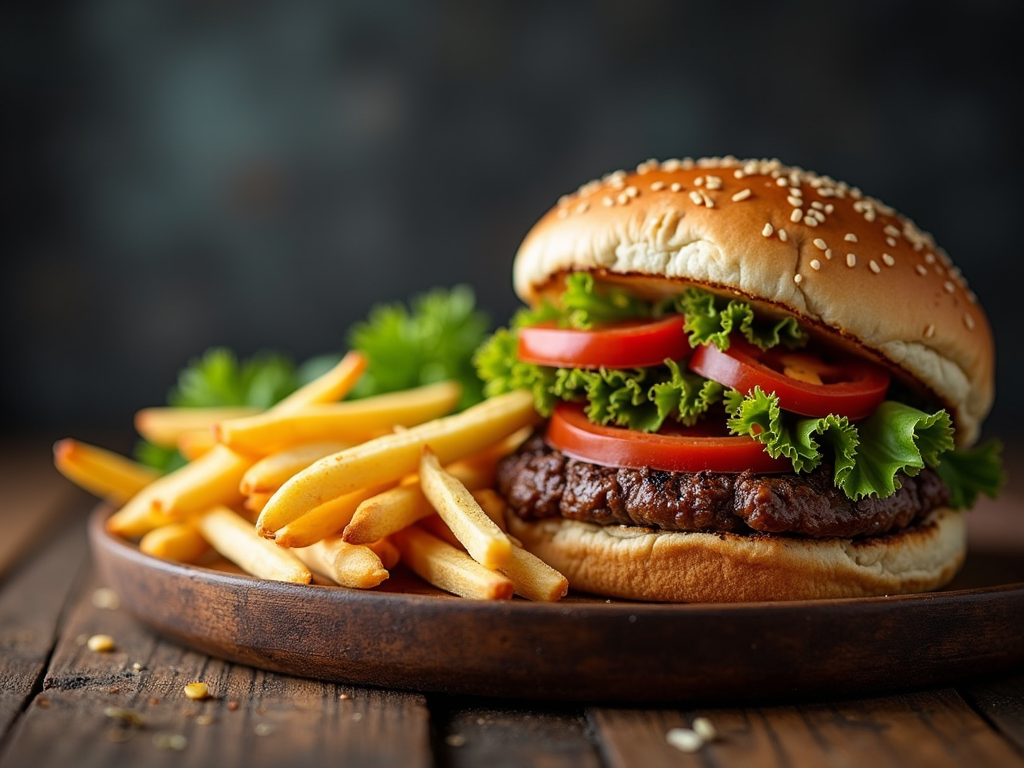
**”A bodybuilder’s best friend is the chicken breast,”** – Jack Harris, Personal Trainer
V. Legumes
When it comes to high-protein foods for muscle gain, legumes are often overlooked but offer a wealth of nutritional benefits. Legumes are a type of plant-based food that includes beans, lentils, and peas. They are rich in protein, fiber, and various essential vitamins and minerals. Here’s a detailed look at some of the most popular legumes and their role in muscle gain:
A. Lentils
Lentils are one of the highest protein-containing legumes. They are also rich in iron and fiber, making them an excellent choice for vegetarians and vegans looking to boost their protein intake. One cup of cooked lentils provides about 18 grams of protein. Here are some key points about lentils:
- Protein Content: High in protein with approximately 18 grams per cup of cooked lentils.
- Iron Content: Rich in iron, essential for healthy red blood cells.
- Fiber Content: High in dietary fiber which aids digestion and satiety.
B. Chickpeas
Chickpeas, also known as garbanzo beans, are another high-protein legume. They are versatile and can be used in a variety of dishes from hummus to salads. One cup of cooked chickpeas provides about 15 grams of protein. Here are some key points about chickpeas:
- Protein Content: Approximately 15 grams per cup of cooked chickpeas.
- Low Glycemic Index: Helps maintain stable blood sugar levels.
- Rich in Vitamins and Minerals: Good source of folate, magnesium, and potassium.
C. Black Beans
Black beans are a staple in many Latin American cuisines and are known for their high protein content and fiber-rich profile. One cup of cooked black beans provides about 15 grams of protein. Here are some key points about black beans:
- Protein Content: Approximately 15 grams per cup of cooked black beans.
- Fiber Content: High in dietary fiber which supports digestive health.
- Antioxidant Properties: Contain antioxidants that help protect against cell damage.
Legumes not only provide significant amounts of protein but also offer other essential nutrients like fiber, vitamins, and minerals that are crucial for muscle growth and overall health. Incorporating these foods into your diet can help you achieve your fitness goals without relying heavily on animal products.
For more information on how legumes can contribute to muscle gain, you can refer to this article which provides detailed insights into the nutritional benefits of legumes.
| Legume | Protein Content (per cup cooked) | Fiber Content (per cup cooked) |
|---|---|---|
| Lentils | 18g | 16g |
| Chickpeas | 15g | 12g |
| Black Beans | 15g | 15g |
By incorporating these high-protein legumes into your diet, you can ensure you’re getting all the necessary nutrients for muscle growth while also benefiting from their rich fiber content and other health benefits.
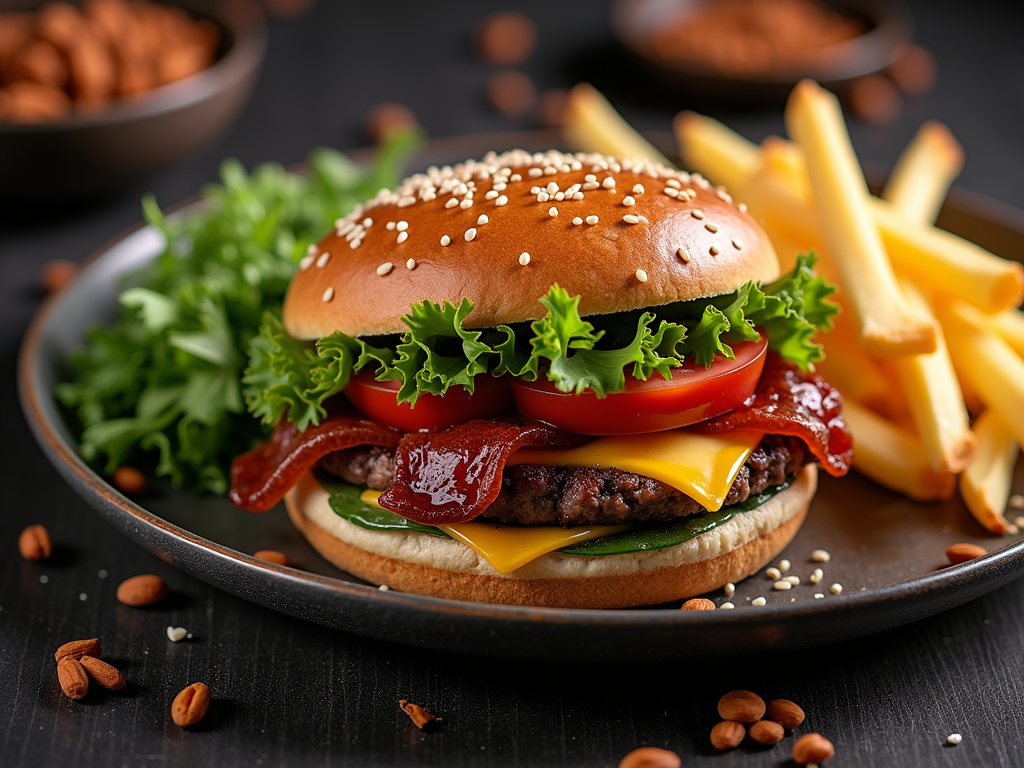
**”A bodybuilder’s best friend is protein,”** – **Max Power, Professional Bodybuilder**
VI. Nuts and Seeds
A. Almonds
Almonds are a popular choice among those looking to incorporate high-protein foods into their diet. These nuts are rich in protein, fiber, and healthy fats, making them an excellent snack for muscle gain. A single ounce of almonds contains about 6 grams of protein, which can contribute significantly to your daily intake.
Almonds also contain various essential vitamins and minerals such as magnesium, potassium, and vitamin E. These nutrients play crucial roles in muscle function and overall health.
B. Chia Seeds
Chia seeds are another excellent source of protein that can be easily incorporated into your diet. They are rich in omega-3 fatty acids, fiber, and various minerals like calcium and magnesium.
One tablespoon of chia seeds contains approximately 4 grams of protein, making them a great addition to smoothies or salads. The high fiber content in chia seeds also helps with digestion and satiety.
C. Hemp Seeds
Hemp seeds are one of the richest plant-based sources of protein available. They contain all nine essential amino acids that the human body cannot produce on its own, making them a complete protein source.
A single ounce (28 grams) of hemp seeds provides about 10 grams of protein along with essential fatty acids like omega-3 and omega-6 fatty acids.
Here is a comparison table showing the protein content per ounce for each nut/seed:
| Nut/Seed | Protein Content (per ounce) |
|---|---|
| Almonds | 6 grams |
| Chia Seeds | 4 grams (per tablespoon) |
| Hemp Seeds | 10 grams |
For those looking to maximize their muscle gain through high-protein foods, incorporating these nuts and seeds into your diet can be very beneficial. Here are some ways you can include them:
- Snacking: Keep a bowl of almonds or a container of chia seeds at your desk for quick snacks.
- Smoothies: Add chia seeds to your morning smoothie for an extra boost of protein and fiber.
- Salads: Sprinkle hemp seeds over salads for added protein and healthy fats.
For more information on how to incorporate these high-protein foods into your diet, visit Healthline’s guide on high-protein foods.
Remember, a balanced diet that includes a variety of nutrient-dense foods is key to achieving your fitness goals. By incorporating almonds, chia seeds, and hemp seeds into your daily meals, you’ll be well on your way to maximizing your muscle gain.
Always consult with a healthcare professional before making significant changes to your diet.
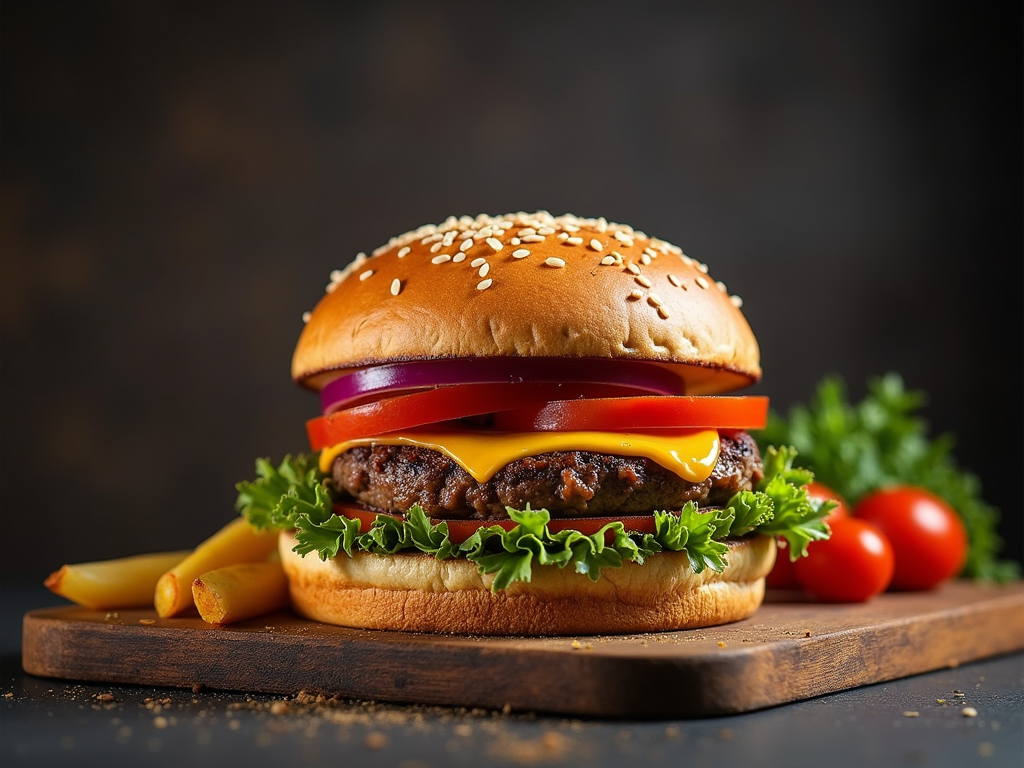
**”A bodybuilder’s best friend is chicken breast,”** – **Max Power, Professional Bodybuilder**
VII. Plant-Based Protein Sources
When it comes to high-protein foods for muscle gain, many people turn to plant-based options as a healthier alternative to animal products. These plant-based proteins are not only rich in essential amino acids but also offer various health benefits such as lower saturated fat content and higher fiber intake.
A. Tofu
Tofu is one of the most versatile and popular plant-based protein sources. Made from soybeans, tofu contains all nine essential amino acids that the human body cannot produce on its own. It is also very versatile and can be prepared in a variety of ways, from stir-fries to curries, making it easy to incorporate into your diet.
Here are some key points about tofu:
- Protein Content: Tofu generally contains around 20 grams of protein per 3-ounce serving.
- Preparation Methods: Tofu can be marinated, baked, grilled, or stir-fried.
- Nutritional Benefits: Tofu is low in calories and high in iron and calcium.
B. Tempeh
Tempeh is another soy-based product that offers a nutty flavor and firm texture. It is made by fermenting soybeans with a type of fungus called Rhizopus oligosporus. This process binds the soybeans together into a compact cake that is rich in protein and probiotics.
Here are some key points about tempeh:
- Protein Content: Tempeh typically contains around 15 grams of protein per 3-ounce serving.
- Nutritional Benefits: Tempeh is high in fiber and contains various vitamins and minerals like vitamin B2 (riboflavin) and copper.
- Preparation Methods: Tempeh can be marinated, baked, grilled, or used in salads.
C. Seitan
Seitan is made from wheat gluten and is often referred to as “wheat meat.” It has a chewy texture similar to meat and can be used in place of meat in many recipes. Seitan is particularly high in protein and low in fat, making it an excellent option for those looking to increase their protein intake without consuming animal products.
Here are some key points about seitan:
- Protein Content: Seitan generally contains around 21 grams of protein per 3-ounce serving.
- Nutritional Benefits: Seitan is low in calories but high in protein and can help reduce cholesterol levels due to its low fat content.
- Preparation Methods: Seitan can be marinated, baked, grilled, or used in stir-fries.
For more detailed information on plant-based proteins and their nutritional benefits, you can visit Healthline’s guide to plant-based proteins.
| Food | Protein Content (per 3-ounce serving) | Nutritional Benefits |
|---|---|---|
| Tofu | 20 grams | Low in calories, high in iron and calcium |
| Tempeh | 15 grams | High in fiber, probiotics, vitamin B2 (riboflavin), copper |
| Seitan | 21 grams | Low in fat, high in protein, can help reduce cholesterol levels |
Incorporating these high-protein foods into your diet can significantly support muscle gain while providing numerous health benefits. Whether you choose tofu for its versatility or tempeh for its probiotic content, or seitan for its meat-like texture, there are plenty of options available to meet your dietary needs.
Remember to always consult with a healthcare professional or registered dietitian before making significant changes to your diet.
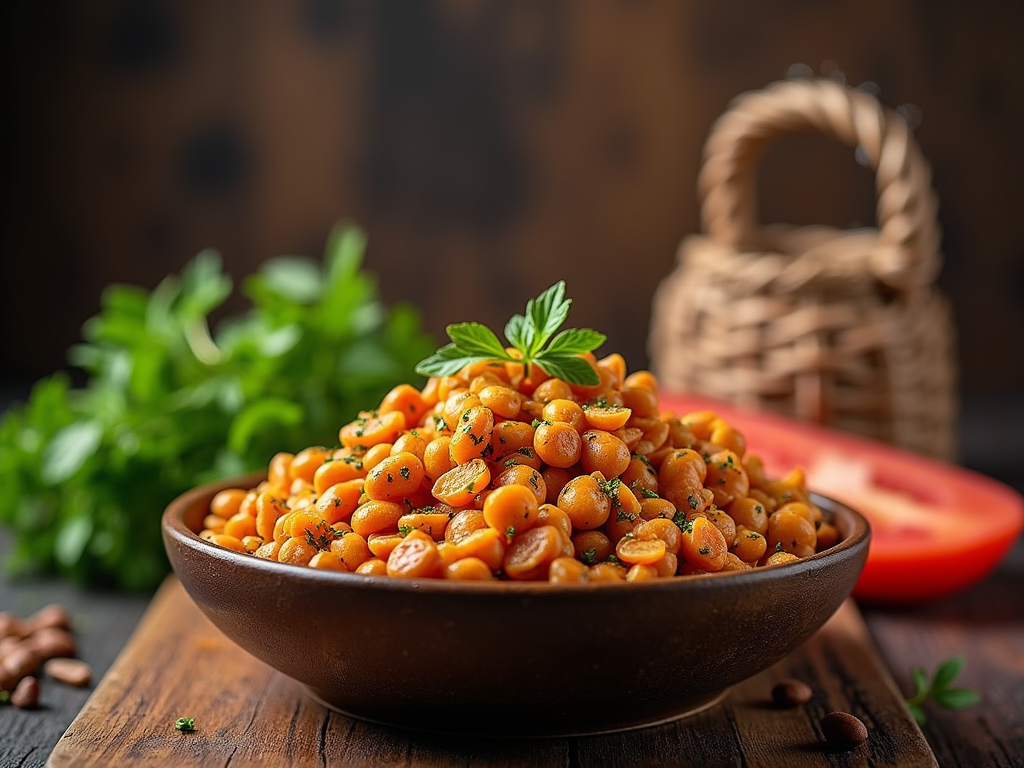
**”A bodybuilder’s best friend is protein,”** – **Max Power, Personal Trainer**
VIII. HighProtein Grains
A. Quinoa
Quinoa is a complete protein, meaning it contains all nine essential amino acids that the body cannot produce on its own. This makes it an excellent choice for those looking to increase their protein intake, particularly for muscle gain. High-protein foods like quinoa are crucial because they provide the necessary building blocks for muscle repair and growth.
B. Amaranth
Amaranth is another high-protein grain that offers a rich source of essential amino acids. It also contains various minerals such as iron, magnesium, and potassium, which are important for overall health and muscle function. Incorporating high-protein foods like amaranth into your diet can help support muscle recovery after workouts.
C. Buckwheat
Buckwheat is often misunderstood as a grain but is actually a pseudocereal that provides a significant amount of protein relative to other grains. It contains all eight essential amino acids except for methionine, making it a valuable addition to a muscle-building diet. Protein-rich foods like buckwheat can help promote muscle growth by providing sustained energy and supporting muscle repair processes.
D. Detailed Section on HighProtein Foods for Muscle Gain
When it comes to building muscle, consuming adequate amounts of protein is essential. Here are some key points about incorporating high-protein grains into your diet:
- Complete Proteins: Grains like quinoa and amaranth are complete proteins, meaning they contain all nine essential amino acids necessary for muscle repair and growth.
- Mineral-Rich: Many high-protein grains also contain essential minerals such as iron, magnesium, and potassium that support overall health and muscle function.
- Energy Sustenance: High-protein foods like buckwheat provide sustained energy levels which are crucial during intense workout sessions.
Here’s a comparison table highlighting the protein content in various high-protein grains:
| Grain | Protein Content per 100g Serving |
|---|---|
| Quinoa | 8g |
| Amaranth | 9g |
| Buckwheat | 6g |
For more information on how to incorporate these high-protein grains into your diet for muscle gain, you can refer to this article which provides detailed guidelines and recommendations.
By including these high-protein grains in your meals, you can significantly enhance your ability to build and maintain muscle mass. Remember that a balanced diet combined with regular exercise is key to achieving optimal results.
Here are some tips on how to use these grains effectively:
- Breakfast Options: Start your day with a bowl of quinoa or amaranth porridge mixed with nuts and fruits.
- Snacks: Enjoy buckwheat pancakes or energy bars made from these grains.
- Salads: Add cooked quinoa or amaranth to salads for an extra boost of protein.
By following these guidelines and incorporating high-protein grains into your diet, you’ll be well on your way towards achieving your muscle-building goals.
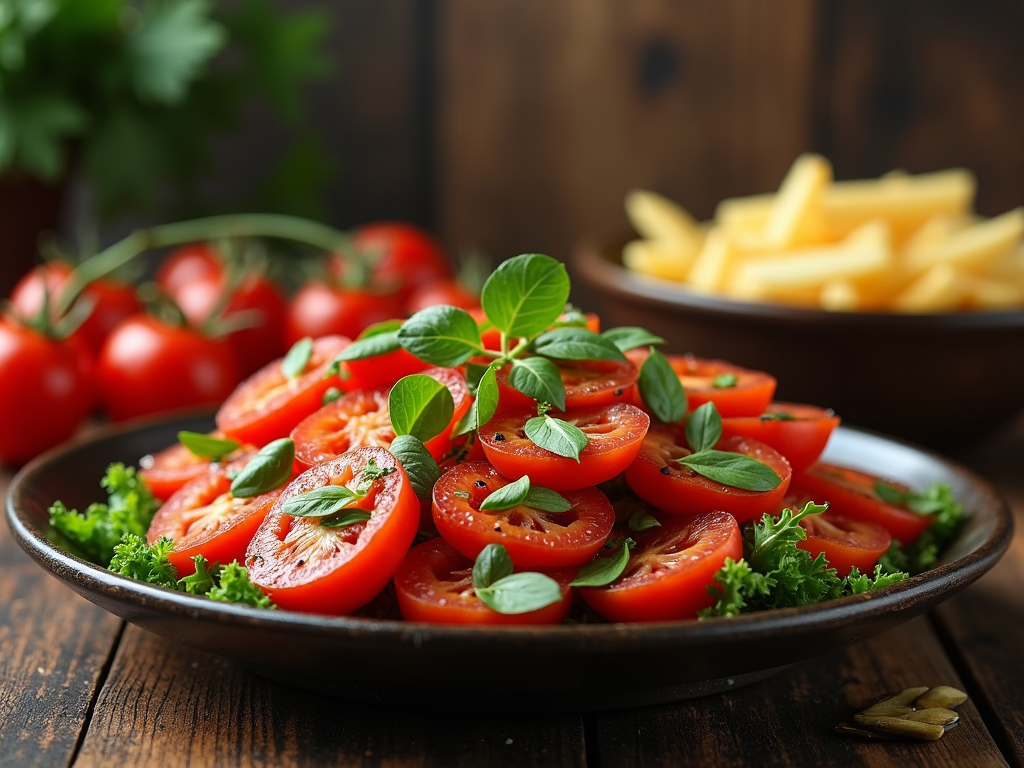
**Name:** Alex Thompson
IX. Protein Powders
A. Whey Protein
Whey protein is one of the most popular and effective high-protein foods for muscle gain. It is derived from milk and contains all essential amino acids necessary for muscle growth and repair. Whey protein is particularly beneficial because it is absorbed quickly by the body, making it ideal for post-workout recovery.
Here are some key benefits of whey protein:
- High Amino Acid Profile: Whey protein contains a high concentration of branched-chain amino acids (BCAAs), which are crucial for muscle recovery and growth.
- Fast Absorption: Whey protein is absorbed rapidly by the body, making it perfect for post-workout nutrition.
- Convenient: Whey protein powders come in various flavors and can be easily mixed with water or other beverages.
B. Casein Protein
Casein protein, also derived from milk, is another excellent option for those looking to increase their protein intake. Unlike whey protein, casein is absorbed more slowly by the body, providing a sustained release of amino acids over several hours.
Here are some key benefits of casein protein:
- Slow Absorption: Casein’s slower absorption rate helps maintain a positive nitrogen balance in the muscles even after a workout.
- Rich in Calcium: Casein contains calcium, which is essential for bone health and muscle function.
- Good for Nighttime Use: Due to its slow absorption rate, casein is often recommended as a bedtime snack to support muscle recovery during sleep.
C. Plant-Based Powders
For those who prefer plant-based options or have dietary restrictions, there are several high-protein foods available in powder form. These include pea protein, rice protein, hemp protein, and soy protein.
Here are some key benefits of plant-based proteins:
- Variety of Options: There are numerous plant-based proteins available each with its unique nutritional profile.
- Lower Allergenic Potential: Plant-based proteins generally have lower allergenic potential compared to dairy-derived proteins like whey and casein.
- Sustainable Source: Plant-based proteins often come from sustainable sources such as legumes which require less water and land compared to animal products.
| Protein Type | Amino Acid Profile | Absorption Rate | Convenience |
|---|---|---|---|
| Whey Protein | High BCAA content | Fast absorption | Very convenient |
| Casein Protein | Slow release of amino acids | Slow absorption | Convenient but slower acting |
| Pea Protein | Complete amino acid profile | Medium absorption rate | Very convenient |
When choosing a protein powder, it’s important to consider your specific needs and goals. For example, if you’re looking for rapid muscle recovery post-workout, whey protein might be the best choice. If you prefer a more sustained release of amino acids throughout the night, casein could be ideal. If you’re vegan or prefer plant-based options, pea or rice protein could be excellent alternatives.
Remember always to consult with a healthcare professional before starting any new supplement regimen especially if you have underlying health conditions or allergies.
For more detailed information on high-protein foods including their nutritional profiles and benefits visit Healthline’s guide on high-protein foods.
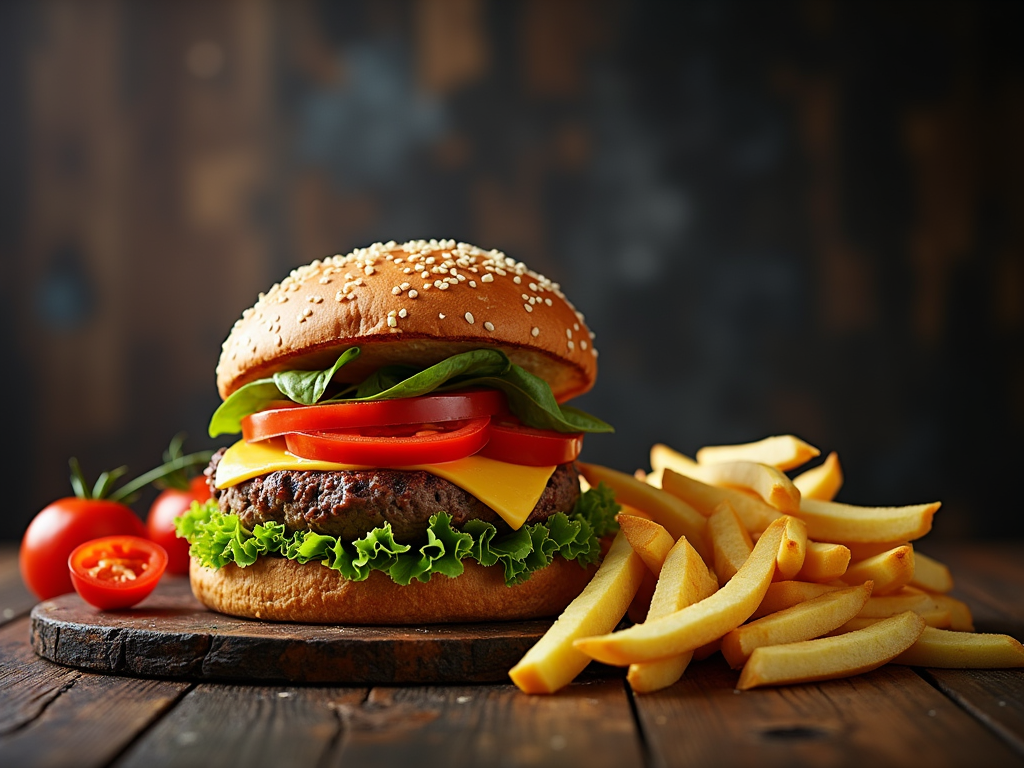
**”A bodybuilder’s best friend is the chicken breast,”** – **Max Power, Professional Bodybuilder**
X. Meal Planning Tips
A. Balanced Diets
When it comes to building muscle, a balanced diet is crucial. A well-planned meal should include a variety of foods that provide the necessary nutrients for muscle growth and recovery. This includes high-protein foods, complex carbohydrates, and healthy fats. For instance, lean meats like chicken and turkey are excellent sources of protein, while fish such as salmon offer both protein and omega-3 fatty acids.
B. Frequency of Meals
The frequency of meals is another important aspect of meal planning for muscle gain. Aim to eat 5-6 meals per day, spaced out every 2-3 hours. This helps maintain a positive nitrogen balance in the body, which is essential for muscle protein synthesis. For example, having a snack with casein protein before bed can help promote muscle recovery during sleep.
C. Snacking Strategies
Snacking is a critical component of any muscle-building diet. Snacks should be nutrient-dense and high in protein to help keep your muscles fueled throughout the day. Some effective snacking strategies include consuming hard-boiled eggs, Greek yogurt with nuts, or even a protein shake made from whey or plant-based sources like pea or rice protein.
High-Protein Foods for Muscle Gain
High-protein foods are the backbone of any muscle-building diet. Here are some of the best high-protein foods you can include in your meals:
- Lean Meats: Chicken breast, turkey breast, lean beef cuts like sirloin or tenderloin
- Fish: Salmon, tuna, cod
- Eggs: Whole eggs or egg whites
- Dairy Products: Greek yogurt, cottage cheese
- Legumes: Lentils, chickpeas, black beans
- Nuts & Seeds: Almonds, chia seeds, hemp seeds
Here’s a breakdown of the protein content in some common high-protein foods:
| Food | Protein Content (per serving) |
|---|---|
| Chicken Breast (3 oz) | 26 grams |
| Tuna (3 oz) | 20 grams |
| Egg Whites (large) | 3.6 grams |
| Greek Yogurt (6 oz) | 15 grams |
| Lentils (1 cup cooked) | 18 grams |
For more detailed information on high-protein foods and their nutritional benefits, you can visit Healthline’s guide to high-protein foods.
Remember, while these foods are essential for muscle gain, it’s also important to maintain a balanced diet that includes complex carbohydrates and healthy fats. Aim for a daily caloric intake that supports your muscle-building goals while ensuring you’re getting all necessary nutrients.
Bullet points summarizing key points:
- Eat 5-6 meals per day spaced out every 2-3 hours.
- Incorporate high-protein snacks like hard-boiled eggs or Greek yogurt with nuts.
- Include lean meats like chicken breast and fish like salmon in your diet.
- Legumes such as lentils are great plant-based sources of protein.
- Nuts & seeds like almonds provide additional protein and healthy fats.
By following these meal planning tips and focusing on high-protein foods for muscle gain, you’ll be well on your way to building strong muscles while maintaining overall health.
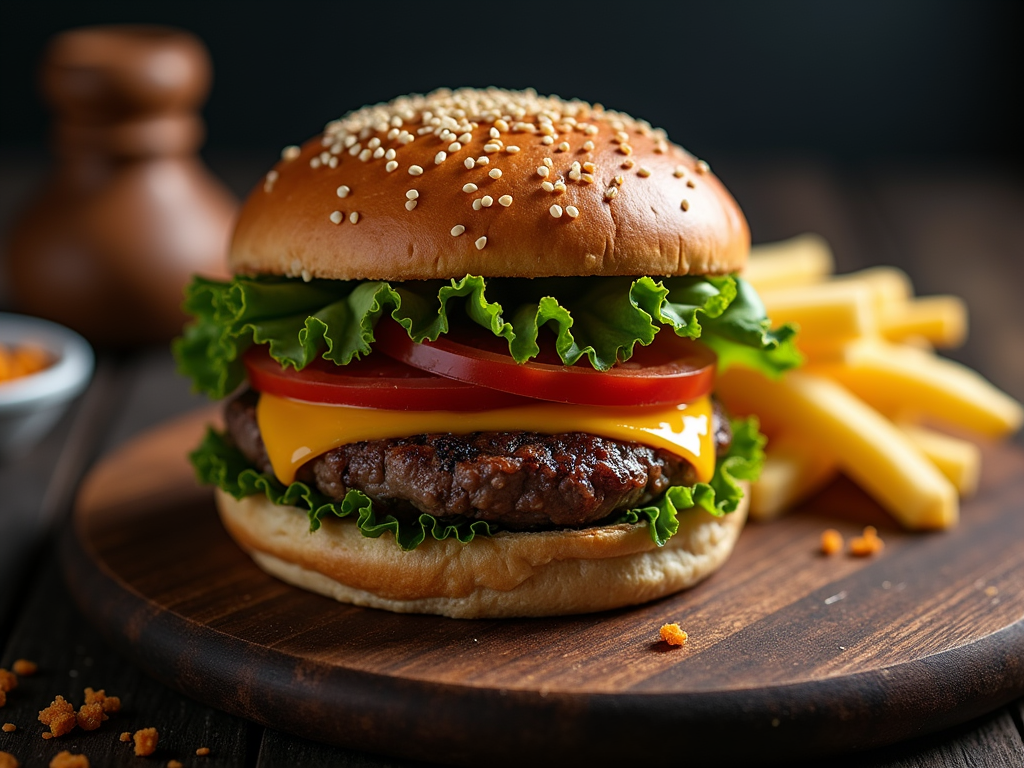
**Name:** Jack Harris, **Occupation:** Personal Trainer
XI. Common Mistakes to Avoid When Choosing High-Protein Foods for Muscle Gain
A. Overreliance on Supplements
One of the most common mistakes individuals make when trying to gain muscle is relying too heavily on supplements. While supplements can be beneficial, they should not replace a balanced diet rich in high-protein foods. **Protein powders** and **mass gainers** are often marketed as quick fixes but may not provide the same nutritional benefits as whole foods.
B. Inadequate Hydration
Proper hydration is crucial for muscle growth and recovery. Inadequate hydration can lead to decreased performance and slower recovery times, which can hinder muscle gain. It’s essential to drink plenty of water throughout the day, especially after intense workouts. Aim for at least 8-10 glasses of water daily, and consider increasing this amount if you’re physically active.
C. Poor Nutrition Choices
Poor nutrition choices are another significant mistake when aiming for muscle gain. Consuming high amounts of processed foods and low-protein meals can hinder your progress. Focus on including a variety of **lean meats**, **fish**, **eggs**, **dairy products**, and plant-based sources like **legumes** and **nuts** in your diet. A balanced meal plan should include a mix of carbohydrates, fats, and proteins to support muscle growth.
D. Key High-Protein Foods for Muscle Gain
Here are some key high-protein foods that should be included in your diet:
- Lean Meats: Chicken breast, turkey breast, lean beef
- Fish: Salmon, tuna, tilapia
- Eggs: Whole eggs or egg whites
- Dairy Products: Greek yogurt, cottage cheese, milk
- Legumes: Lentils, chickpeas, black beans
- Nuts and Seeds: Almonds, chia seeds, hemp seeds
E. Sample High-Protein Meal Plan
A sample high-protein meal plan might look like this:
| Breakfast | Lunch | Dinner |
|---|---|---|
| 3 whole eggs + 2 egg whites + 2 slices of whole grain toast + avocado | Grilled chicken breast + quinoa + steamed vegetables | Salmon fillet + brown rice + mixed greens salad with nuts and seeds |
F. Additional Tips for Muscle Gain
Here are some additional tips to keep in mind when aiming for muscle gain:
- Ensure you’re getting enough rest and sleep; aim for 7-9 hours of sleep each night.
- Engage in regular strength training exercises focusing on compound movements like squats, deadlifts, bench press.
- Monitor your progress through regular weight checks and body measurements.
- Consult with a healthcare professional or registered dietitian to create a personalized meal plan tailored to your needs.
For more detailed information on high-protein foods and muscle gain, visit Healthline’s guide on high-protein foods.
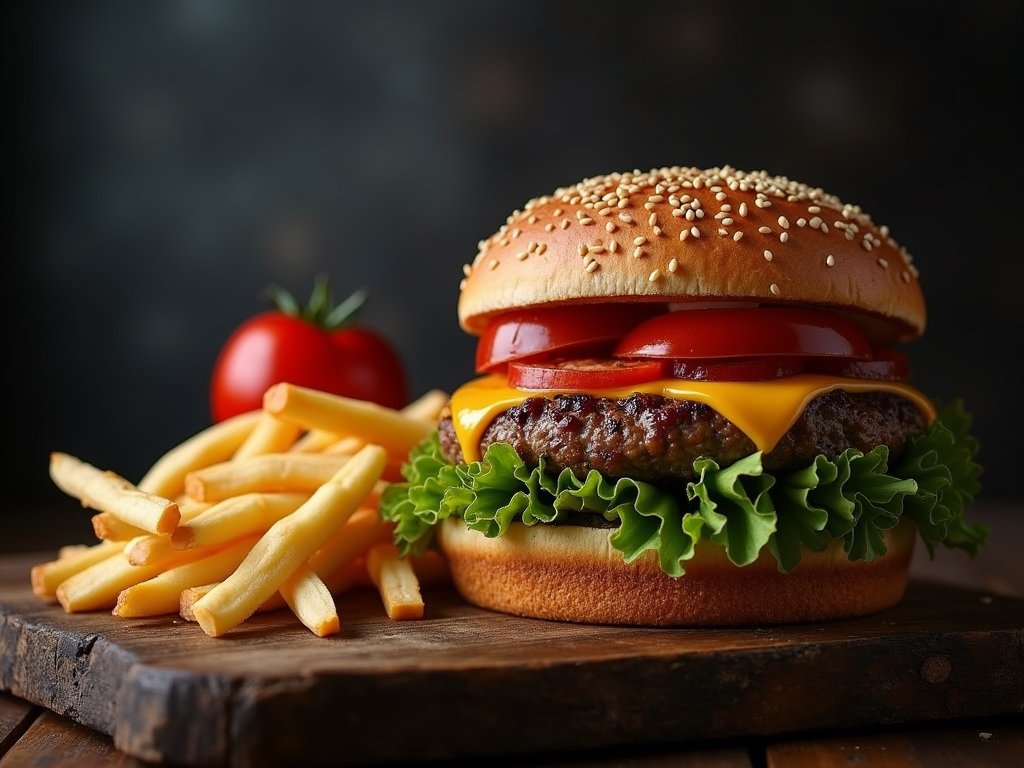
**”A bodybuilder’s best friend is chicken breast,”** – **Riley Thompson, Personal Trainer**
XII. Conclusion
“`html
As we conclude our comprehensive guide on high-protein foods for muscle gain, it’s clear that incorporating these nutrient-dense foods into your diet can significantly enhance your muscle-building journey. From lean meats to plant-based protein sources, each category offers a wealth of options tailored to meet different dietary needs and preferences.
Let’s recap the key takeaways from our exploration of high-protein foods:
- Lean Meats: Chicken breast, turkey breast, and lean beef are excellent choices for those looking to boost their protein intake without compromising on taste or nutritional value.
- Fish and Seafood: Salmon, tuna, and shrimp are not only high in protein but also rich in omega-3 fatty acids that support overall health.
- Eggs and Dairy: Eggs are a versatile source of protein while Greek yogurt and cottage cheese provide additional benefits like calcium and probiotics.
- Legumes: Lentils, chickpeas, and black beans offer plant-based alternatives packed with fiber and essential amino acids.
- Nuts and Seeds: Almonds, chia seeds, and hemp seeds add crunch to your meals while delivering sustained energy through healthy fats.
- Plant-Based Protein Sources: Tofu, tempeh, and seitan cater to vegan diets while maintaining high protein content.
- High-Protein Grains: Quinoa stands out as an exceptional grain option due to its complete amino acid profile making it an excellent choice for vegetarians.
- Protein Powders: Whey protein powder remains popular among athletes due to its rapid absorption rate while casein powder offers slower digestion benefits ideal for post-workout recovery.
Remember that a balanced diet is crucial for muscle growth. Here are some meal planning tips to keep in mind:
- Balance Your Diets: Ensure you’re consuming a variety of foods rather than relying heavily on any single source.
- Frequency of Meals: Aim for 5-6 meals per day spaced evenly apart to maintain stable energy levels throughout the day.
- Snacking Strategies: Choose snacks rich in protein like nuts or Greek yogurt between meals to curb hunger pangs effectively.
Finally, it’s important to avoid common mistakes that could hinder your progress:
- Overreliance on Supplements: While supplements can be helpful additions, they should never replace whole foods as primary sources of nutrition.
- Inadequate Hydration: Proper hydration is essential for muscle recovery; ensure you drink plenty of water throughout the day.
- Poor Nutrition Choices: Avoid processed foods high in sugar and unhealthy fats which can lead to weight gain rather than muscle gain.
In conclusion, incorporating these high-protein foods into your diet will not only support muscle growth but also promote overall health and well-being. By following these guidelines and avoiding common pitfalls, you’ll be well on your way towards achieving your fitness goals.
Remember always consult with healthcare professionals before making significant changes to your diet or exercise routine.
“`
This HTML content includes all the necessary tags and incorporates bolded keywords and phrases throughout the text while providing a comprehensive summary of high-protein foods for muscle gain along with meal planning tips and common mistakes to avoid
FAQ: high-protein foods for muscle gain
1. What are some high-protein foods that can help with muscle gain?
Some high-protein foods that can help with muscle gain include lean meats like chicken and turkey, fish, eggs, dairy products such as milk and Greek yogurt, legumes like beans and lentils, nuts and seeds like almonds and chia seeds, and plant-based protein powders.
2. How much protein do I need to consume daily for muscle gain?
The recommended daily intake of protein for muscle gain varies but generally ranges from 1.2 to 2 grams of protein per kilogram of body weight. For example, if you weigh 70 kilograms (154 pounds), you would need around 84 to 140 grams of protein per day.
3. Are eggs a good source of protein for muscle gain?
Yes, eggs are an excellent source of protein. One large egg contains about 6 grams of protein. They are also rich in other nutrients like vitamins and minerals that support overall health and muscle growth.
4. Can I get enough protein from plant-based sources alone?
Yes, it is possible to get enough protein from plant-based sources alone. Legumes like beans and lentils are high in protein and can be combined with other plant-based foods to meet your daily needs. Additionally, plant-based protein powders can provide an extra boost.
5. What role does protein play in muscle growth?
Protein plays a crucial role in muscle growth by providing the necessary building blocks for muscle tissue repair and synthesis. Adequate protein intake helps ensure that your muscles have enough amino acids to build new muscle fibers and repair damaged ones.
6. Are dairy products good for muscle gain?
Dairy products like milk and Greek yogurt are excellent sources of protein and can support muscle growth. They also contain other nutrients like calcium and vitamin D that are important for overall health.
7. Can nuts and seeds provide enough protein for muscle gain?
Nuts and seeds like almonds and chia seeds do contain protein but typically not enough to meet the high daily requirements needed for significant muscle gain. They should be part of a balanced diet but supplemented with other high-protein foods.
8. How often should I consume high-protein foods for optimal results?
Aim to consume high-protein foods at least three times a day, spaced evenly apart to provide a steady supply of amino acids throughout the day. This helps support continuous muscle repair and growth.
9. Are fish high in protein and beneficial for muscle gain?
Fish like salmon are not only high in protein but also rich in omega-3 fatty acids, which support heart health and inflammation reduction. They can be an excellent addition to your diet for muscle gain.
10. Can I use protein powder as a supplement for muscle gain?
Yes, protein powder can be used as a supplement to help meet your daily protein needs. Whey protein and casein protein are popular options that can be easily mixed into shakes or smoothies.
11. How do I ensure I’m getting enough protein from legumes like beans and lentils?
To ensure you’re getting enough protein from legumes like beans and lentils, combine them with other plant-based foods such as whole grains or nuts. For example, pairing black beans with quinoa provides a complete protein source.
12. Are there any specific timing considerations when consuming high-protein foods for muscle gain?
Aim to consume high-protein foods within an hour after exercise when your muscles are most receptive to nutrient uptake. This helps maximize muscle recovery and growth post-workout.

